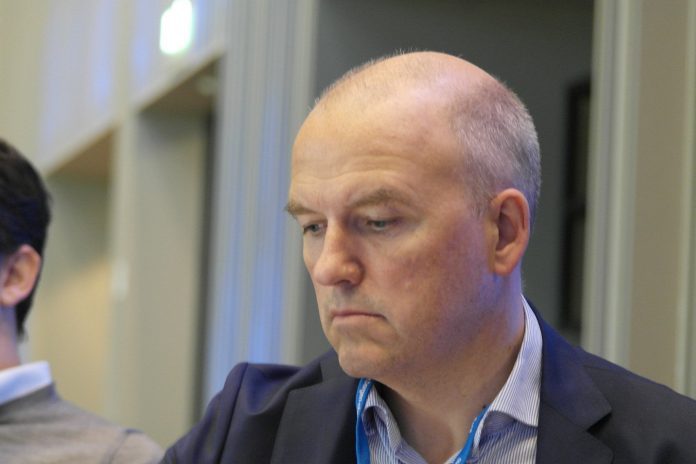French, German demand is urgently needed, as long-term contracts and high retail prices give buyers cause for pause.
Norwegian salmon has seen some “demand destruction” and price decreases not explained by mere increased volume, judging by a report by analysts working the equity markets business of Nordea Bank, a major seafood and shipping lender.
Rather, Nordea’s analysts say Norwegian exporters’ long-term supply contracts at high prices are driving some retailers to look elsewhere, even with a 14-percent, fourth-quarter drop in prices on four percent higher volumes of salmon. The result is that Norway, after “a substantial volume ramp-up in Q4” has “an urgent need to bring back “old friends” to help absorb volumes” — known to be France and Germany — “to take up the slack and help absorb volumes”.
“If the market responds to volumes in the same way as it did in 2017, (then an) 8 percent supply growth should result in an 18 percent price decline for 2018,” Nordea Markets analysts, Kolbjorn Giskeodegaard and Anders Espedal Hagen, wrote in a note to investors.
Lower price
They said the correlation suggested a price down at NOK 48 per kilogram for next year.
“In our view, this is a realistic scenario. We expect 2019 supply growth to be close to 6 percent, (and we) expect salmon prices to remain at NOK 48 per kilo for 2019.” They had earlier pegged 2018-2019 at NOK 52.
“We keep our cost estimate unchanged at NOK 37 for 2018-19. Based on this, we slash our EBIT estimates by 14 percent on average,” the analysts said. It was an across-the-board “guidance”.
Forecasting duo
The Nordea duo said a “distinct trend” reared its head in 2017, one that saw “prices dropping more than they should have” based on more salmon out there. “This has accelerated during the year.”
In November alone, they said, a 10 percent supply hike brought prices crashing by 28 percent.
“The longer that prices for end-consumers remain high, the more challenging it will be to handle the eight percent supply growth expected in 2018,” they wrote. That trend looks likely to continue however, with big retailers locked into contracts of NOK60.
“The situation now is the opposite of what we saw in 2016, when low contract prices protected end-consumers from price hikes for a long period,” wrote Giskegaard and Hagen. “The combination of high prices for end-consumers and growing supply might be a toxic combination for salmon prices in H1 2018.”


